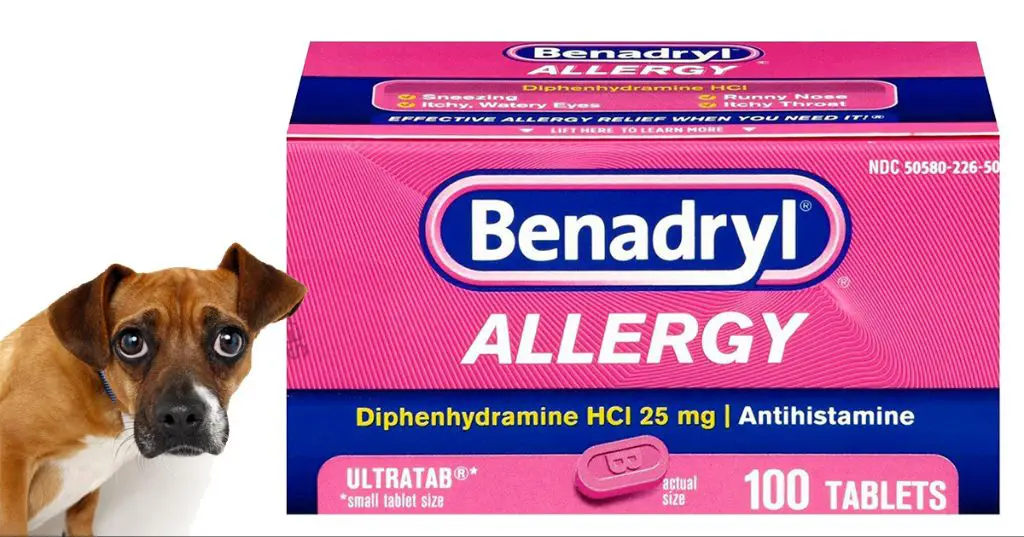Considering Euthanasia for Your Pet
Deciding when to euthanize a beloved pet is one of the most difficult decisions a pet owner has to make. Quality of life is the most important factor when considering euthanasia. Assess your pet’s ability to enjoy basic activities, their mobility and temperament, and medical factors like pain, prognosis and response to treatment. Understand that euthanasia ends suffering, but does not end the relationship with your pet. Grief is a normal response to loss. Give yourself time to grieve and seek support from family, friends or a pet loss support group. Euthanasia is usually done by intravenous injection of a barbiturate anesthesia overdose by a veterinarian. The procedure is designed to result in a painless and humane death.
The end of a pet’s life can be one of the most difficult experiences for any pet owner. Providing comfort care at home allows you to focus on your pet’s quality of life in a familiar, comforting environment during their final days.
Providing Comfort Care at Home
As a pet owner, you can provide comfort care at home to help your pet relax and enjoy their remaining time with you. This involves keeping your pet free of pain, attending to their basic needs, and spending quality time together.
To manage your pet’s pain, talk to your veterinarian about medications to keep them comfortable. You may consider anti-inflammatories or other analgesics that can be given at home. Your vet may prescribe sedatives or anti-anxiety medication to relieve anxiety.
Make sure to continue meeting your pet’s basic needs at home by helping them eat, drink, and relieve themselves. Adjust food and water to make it easier for them. Provide soft bedding in their favorite spots. Help groom and clean your pet to keep them comfortable.

Spend quality time with your pet through gentle petting, cuddling, or just sitting nearby. Talk to them in a soothing voice and reminisce about your time together. Take pictures and make paw print impressions to cherish. Monitor their condition, but avoid invasive medical treatments.
Providing hospice care at home allows you to be with your pet and share your love until the very end. It can help make this difficult transition a little easier for you both.

Working with Your Veterinarian
When facing end-of-life care for your pet, your veterinarian should be a trusted partner to guide you through the difficult decisions ahead. Have an open and honest discussion with your vet about your pet’s prognosis and potential treatment options. Some key things to consider:
Getting a prognosis – Ask your vet for an estimate of how much time your pet has left and what you can expect as their health declines. Understanding the progression of their illness can help you make informed choices about their care.
Discussing options – Explore all options for maintaining your pet’s quality of life for as long as possible. This may include palliative medication, nutritional support, physical therapy or other treatments. Understand the risks and benefits of any procedures.
Arranging in-home euthanasia – Many vets can provide this service so your pet’s passing can be peaceful and comfortable at home. Discuss the process and costs involved. Your vet may also have recommendations for pet loss services and support.
Having open communication with your vet provides the knowledge you need to make the best decisions for your pet in their final days. Take advantage of their expertise and compassion during this difficult time.
Saying Goodbye
Losing a beloved pet is one of the most difficult experiences for a pet owner. Thoughtful planning for your pet’s final days and memorial can provide comfort during this painful time. Here are some ideas to help you and your family say goodbye.

Planning Final Days
If your pet’s health is declining, speak with your veterinarian about steps you can take to keep them comfortable at home in their final days. Your vet may suggest medications for pain relief, adjusting food and water intake, mobility aids or physical therapy, or at-home hospice services. Spending this precious time together and providing loving care for your pet can help the family prepare emotionally.
Memorials and Tributes
Many pet owners create memorials to honor their pet’s life and legacy in the family. Ideas include assembling a photo album or memory book, planting a tree or garden in your pet’s name, or holding a memorial service. Marking your pet’s passing with a loving gesture can help bring closure.
Coping with Grief
Losing a pet is incredibly hard. Allow yourself and your family to fully grieve this significant loss. Seek support from friends, find pet bereavement counseling services if needed, and give yourself time to heal. Cherish your memories as you adjust to life without your beloved companion.
